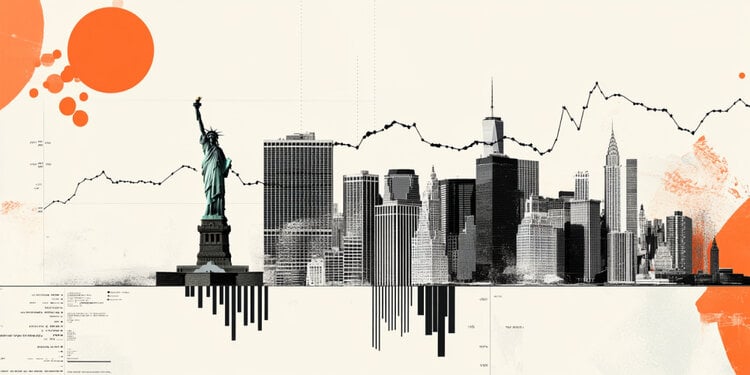A study carried out in six states and 17 municipalities reveals that, on average, 21.3% of the fish sold in the locations that reach families’ tables in the Amazon region have levels of mercury contamination above the acceptable limit established by the World Health Organization ( WHO), greater than or equal to 0.5 µg/g.
The data is from an unprecedented survey by the Sergio Arouca National School of Public Health, the Oswaldo Cruz Foundation (Fiocruz), the Federal University of Western Pará (UFOPA), Greenpeace, Iepé, the Socio-Environmental Institute and WWF-Brasil.
The worst indexes are in Roraima, where 40% of the analyzed fish had mercury levels above the limit. Acre comes next with 35.9%. The lowest indicators are in Pará, with 15.8%, and in Amapá, with 11.4%.
In the analysis by municipalities, Amazonas stands out since in cities like Santa Isabel do Rio Negro and São Gabriel da Cachoeira the index rises to 50%.
Fish samples were collected from March 2021 to September 2022. 1,010 fish specimens were evaluated, from 80 different species, purchased at markets, fairs and directly from fishermen, simulating the daily lives of local consumers.
For specialists, the contamination is related to the advance of illegal mining and the indicators found during the study reinforce the alert for an issue that is already known, but unresolved, which is the risk to food safety in the Amazon region generated by the use of mercury in mining activity.
“It is worrying that the main source of protein in the territory, if ingested without control, causes damage to health because it is contaminated”, emphasizes Decio Yokota, coordinator of Iepé’s Information Management Program.
“We are facing a public health problem. We know that contamination is more serious for pregnant women, as the fetus can suffer neurological disorders, damage to the kidneys and the cardiovascular system. Children, on the other hand, may have motor and cognitive difficulties, including problems with speech and the learning process. In general, the effects are dangerous, often irreversible, the symptoms may appear after months or years of exposure. It is urgent to create public policies to assist people already affected by mercury contamination and preventive measures, to control its use”, warns Paulo Basta, researcher at Fiocruz.
Source: CNN Brasil
I am an experienced journalist and writer with a career in the news industry. My focus is on covering Top News stories for World Stock Market, where I provide comprehensive analysis and commentary on markets around the world. I have expertise in writing both long-form articles and shorter pieces that deliver timely, relevant updates to readers.







